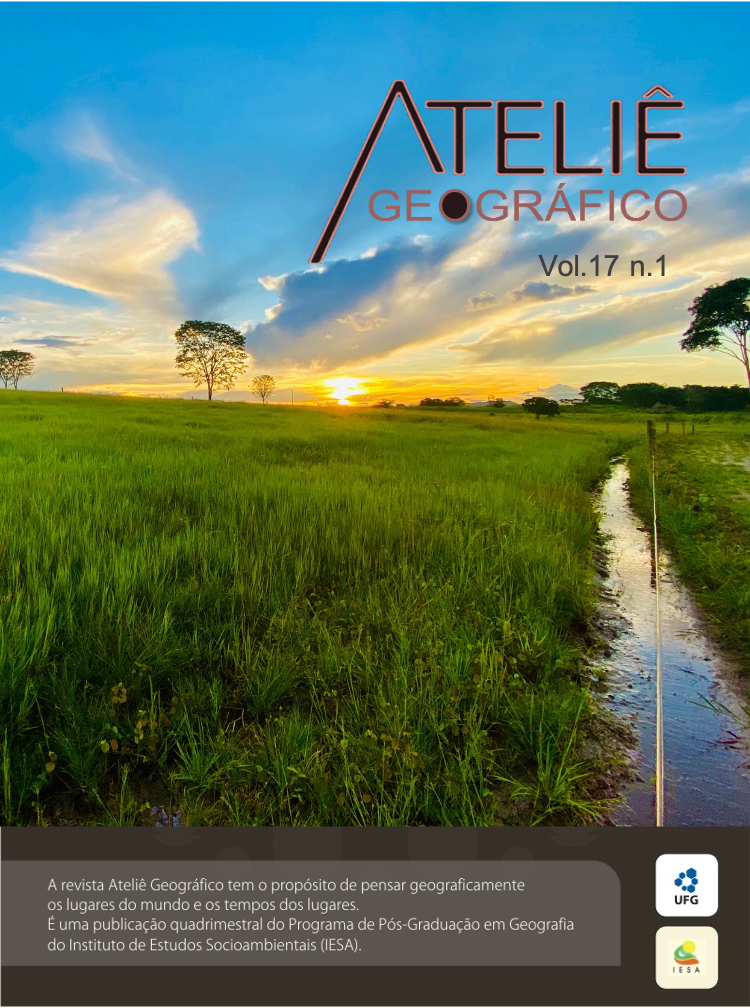Global market of black pepper: insertion and participation of Brazil in global circuits
DOI:
https://doi.org/10.5216/ag.v17i1.74816Abstract
The current period of capitalism is marked by the globalization of commodity flows and the insertion of countries in increasingly globalized circuits. In this sense, the concept of spatial circuit of production has emphasized the role of fixed and flows in the ordering of the sub-stages of production, making it possible to understand the part of these spaces in the overall productive process. This article analyses the spatial circuit of black pepper production in Brazil and its interrelation with the global market. To do so, we resorted to bibliographic review and statistical data available in IBGE, COMEX STAT and International Trade Centre databases, which reveal that Brazil is one of the main producers and exporters of this commodity in the world and that its production is concentrated in the states of Espírito Santo and Pará, while the exportation of the grain is commanded by companies located in the states of Pará, Espírito Santo and São Paulo, although the outflow and circulation, interconnecting Brazil to the global scale, is done through the ports of Santos, Belém and Rio de Janeiro, which monopolize 99% of the flow of this product.
Keywords: Spatial circuit of production. Agricultural commodities. Black pepper.
Downloads
Downloads
Published
How to Cite
Issue
Section
License
Autores que publicam nesta revista concordam com os seguintes termos:- Autores mantém os direitos autorais e concedem à revista o direito de primeira publicação, com o trabalho simultaneamente licenciado sob a Licença Creative Commons Attribution que permite o compartilhamento do trabalho com reconhecimento da autoria e publicação inicial nesta revista.
- Os autores não serão remunerados pela publicação de trabalhos na Revista Ateliê Geográfico. Além disso, os conteúdos publicados são de inteira e exclusiva responsabilidade de seus autores, ainda que reservado aos editores o direito de proceder a ajustes textuais e de adequação às normas da publicação.
- Autores têm permissão e são estimulados a divulgar seu trabalho online (ex.: em repositórios institucionais ou na sua página pessoal), já que isso pode gerar alterações produtivas, bem como aumentar o impacto e a citação do trabalho publicado (Veja O Efeito do Acesso Livre).


